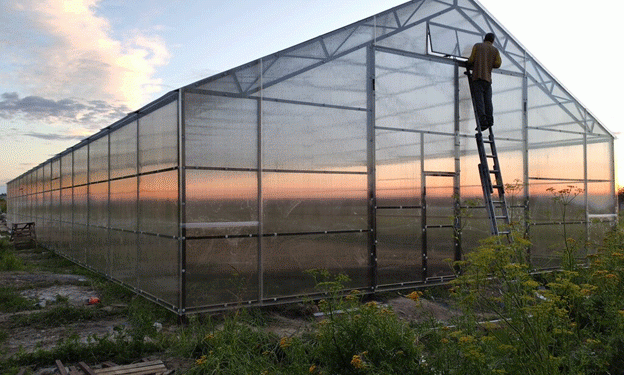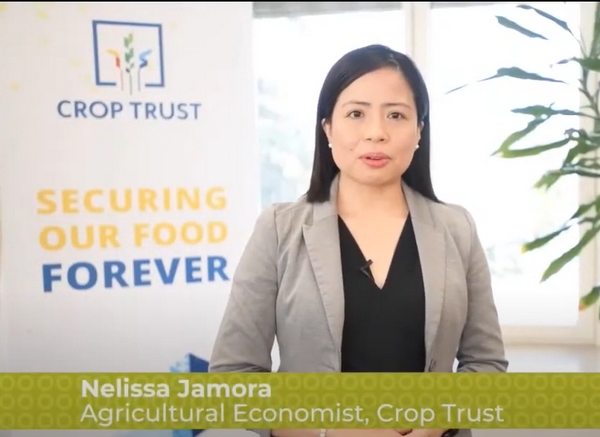In recent years, Russia’s floriculture sector has experienced significant growth, yet challenges persist in meeting domestic demand. As of 2023, the country’s annual consumption of roses stood at approximately 1.8 billion stems, while domestic production accounted for only about 366 million flowers, representing roughly 25% of the total market. This disparity underscores a heavy reliance on imports to satisfy consumer needs.
To address this imbalance, the Russian government introduced a subsidized loan program in 2021, aimed at supporting the construction of greenhouses dedicated to flower cultivation. This initiative has been instrumental in the emergence of new production facilities, enhancing the capacity of domestic growers. Recognizing the program’s impact, Prime Minister Mikhail Mishustin recently announced plans to extend this subsidized loan program. During a visit to the “Podosinki” greenhouse complex in Dmitrov, Moscow Region, Mishustin emphasized the importance of continuing support for the floriculture industry, particularly in the lead-up to International Women’s Day on March 8.
The extension of the subsidized loan program is expected to further stimulate domestic flower production. Projections indicate that, over the next five years, Russian greenhouse enterprises could increase output by 1.5 to 2 times, potentially supplying between 700 to 800 million fresh-cut flowers annually. This anticipated growth would significantly reduce the nation’s dependency on imported flowers, fostering self-sufficiency and strengthening the local floriculture market.
The Russian government’s commitment to extending the subsidized loan program for greenhouse construction reflects a strategic effort to enhance domestic floriculture. By providing financial support and fostering favorable conditions for greenhouse projects, this initiative aims to bridge the gap between domestic production and consumption, ensuring a more robust and self-reliant flower industry in Russia.












